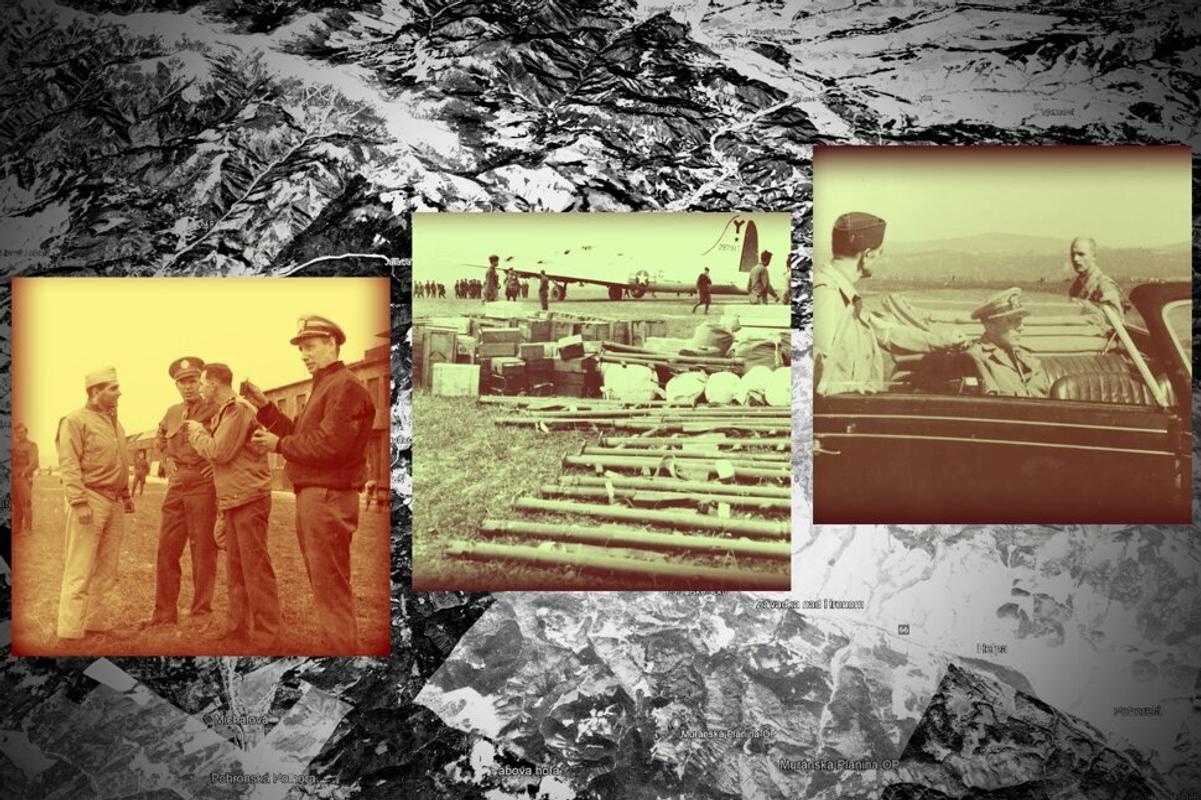The Americans fleeing were not only being pursued by Nazis but also by a fierce snowstorm that lashed them with freezing November winds in the heart of the Low Tatra Mountains. Their eyebrows froze solid, dirt caked on much like their lice-ridden beards. When the Nazis finally caught up with them after nearly a month on the run, many of the emaciated soldiers clutched their last bits of food rather than weapons.
This desperate situation was the aftermath of what is now regarded as one of the most disastrous missions in the history of American military intelligence during the Second World War. Without this ill-fated operation, General Ján Golian might never have received any military aid—albeit inadequate—for his insurgents. This aid, delivered 80 years ago to Banská Bystrica, came from the Americans despite Soviet opposition, as the USSR had already claimed the territory east of Berlin as within its sphere of influence.
The delivery of American bazookas and Marlin submachine guns, intended to bolster the second-largest anti-Nazi uprising of the war—following the Warsaw Uprising—was a critical component of the 1944 Slovak National Uprising. According to declassified CIA documents, had the mission succeeded, it could have drastically shortened the war in Europe.
“It would have probably changed the character of postwar Eastern Europe,” reads one report compiled from analyses and secret communications sent by the Americans from the centre of the uprising in Banská Bystrica.
What the hell is the Navy doing here?
Beyond the hills of the Zvolen Basin, the artillery of the Third Reich rumbled in the distance as, on an unusually clear day, two American B-17G heavy bombers—the famed Flying Fortresses—appeared over the Tri Duby airfield. It was September 17, 1944.
The first man to disembark was Lieutenant Holt Green, commander of a reconnaissance mission for the American Office of Strategic Services (OSS), the predecessor to the CIA. He was dressed in a Navy uniform.


 The Dawes Mission. (source: SNP Museum in Banská Bystrica/specialforcesroh.com)
The Dawes Mission. (source: SNP Museum in Banská Bystrica/specialforcesroh.com)